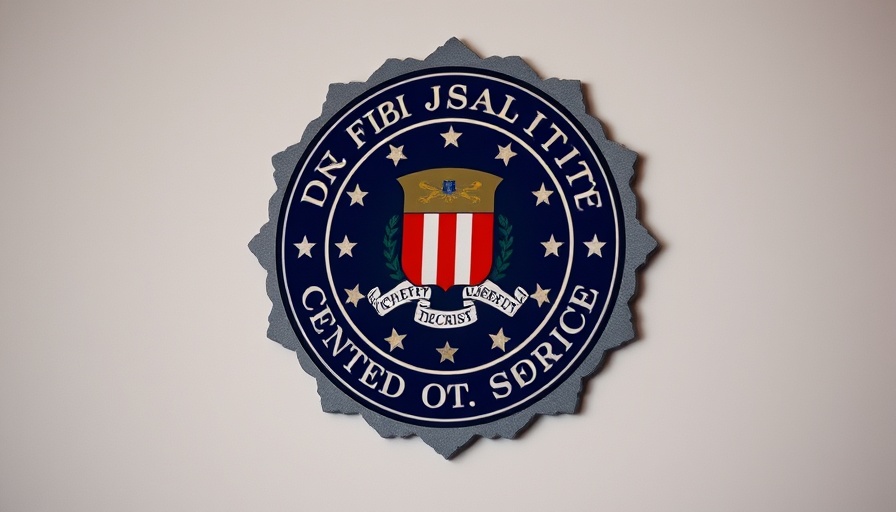
Examining the Decline in Violent Crime: A Complex Picture
The recent study from the Council on Criminal Justice (CCJ) reveals a significant decline in violent crime rates, with homicides falling by 16% in 2024 compared to the previous year, suggesting a return to pre-pandemic levels. The findings, however, are nuanced. Reporting from CCJ, which analyses data from law enforcement agencies in 40 U.S. cities, indicated that while 22 cities saw a notable drop in homicides, six cities—including Colorado Springs—reported sharp increases. This mixed bag reflects the varied landscape of crime across the nation.
The Mixed Reality of Public Perception and Crime Rates
One of the critical takeaways from the CCJ report is the dissonance between public perception and actual crime statistics. While trends hint at improvement, a significant portion of the population continues to perceive escalating crime rates. This perception is heavily influenced by political discourse and media portrayals, which may overshadow the statistics. In fact, surveys suggest that as many as 56% of Americans consider crime a serious problem, with views heavily divided along partisan lines.
Contrasting Data: FBI vs. CCJ Findings
Interestingly, traditional FBI crime rates, which typically reach the public later in the year, play a large role in shaping both public perception and policy decisions. These rates stem from the Uniform Crime Reports, which include data from all law enforcement agencies. In contrast, the CCJ's findings reflect more recent data, highlighting the rapidly changing nature of crime trends. However, it’s crucial to remember that these reports are based on a limited sample, which may not be fully representative of national trends.
Addressing Specific Violent Crimes
The CCJ report also explores trends in various violent crimes beyond homicides. While sexual assault, domestic violence, and robbery have decreased overall, the increase in aggravated assaults and gun-related crimes presents a worrying counterpoint to the overall decline. Particularly concerning is the rise in carjackings and gun assaults, suggesting that certain forms of violence are becoming more prevalent even as other categories diminish.
What Lies Ahead for Crime Trends and Policy
As we look forward, the challenge for lawmakers and law enforcement is to maintain focus on data-driven efforts to enhance public safety. The CCJ's upcoming reports alongside future FBI data releases will likely shape ongoing discourse about police reform, officer training, and public safety technology. Without thoughtful engagement informed by data, policies may miss addressing the root causes of crime.
Promoting Community Trust Through Data Transparency
In the changing landscape of law enforcement, community trust plays a vital role. For police departments and policymakers, ensuring transparency in reporting and striving for accountability can build this essential trust. Engaging communities through outreach and education about crime trends and preventative strategies fosters collaborative environments, empowering citizens to play an active role in their safety.
The current landscape of crime across American cities underscores the complexity of public safety today. With mixed results in various crime categories, it is evident that both public awareness and policy engagement grounded in real data will be crucial in shaping how communities address crime moving forward.
Ultimately, as we navigate these trends, fostering a narrative steeped in factual reporting and open communication is necessary. It's essential for police departments and government entities to prioritize community engagement processes, enhancing trust and collaboration in policing strategies.
 Add Row
Add Row  Add
Add 

 Add Element
Add Element 




Write A Comment